The last IJN biplane dive bomber
The Aichi D1A/D2A “Susie” was a reliable, modern dive bomber biplane in service with the IJN from 1935 to 1940 (1942 with Mandchukuo). It was the direct predecessor of the D3A “Val” monoplane of WW2 fame, and still served in many units in China while replaced in the fleet from 1940. Two models were developed, the D1A1 and D1A2, mostly used in China.
About Aichi Kokuki KK
The first Aichi soon confounded with dive bombers, notaly its D3A “Val” for WW2 fame. The company Aichi Kōkūki Kabushiki Kaisha (愛知航空機株式会社) or Aichi Aircraft Co., Ltd, was founded in 1898 and started as a small crafts specialist, Watch and Electric Manufacturing Co., Ltd. It turned to aviation in 1920, and without expertise but only ambitions in this field, turned to the German manufacturer Heinkel in 1923, relying initially on heavy technical assistance from that company to eventually give birth to its first model, the Type H Carrier Fighter in 1926, a carrier-based floatplane fighter, and license-built Heinkel HD 23. In 1928 came its first bomber biplane, the 1928 AB-1. Soo also, the company started prospecting for Navy Contracts, and provided a vast sways of floatplanes and convertibles, notably the 1930 Aichi E8A, the floatplanes E12A and E13A, and its first dive bomber, the Aichi D1A and its derivative, the D2A, leading later to the excellent monoplane D3A. Alongside it also developed torpedo bombers like the WW2 B7A and B8A, or special service submarine-launched M6A Seiran. The company also developed aircraft engines, notably radials but also inline, like the Aichi Atsuta derived from the Daimler-Benz DB 601A inverted V12. The company was reorganized in civilian prduction, notably cars after 1945 and still exist today, now integrated into Nissan.

Heinkel He 50 (1932)
Development of the D1A
The D1A came out of the IJN need for an advanced carrier borne dive bomber. In 1932, Aichi answered such query from the Navy, with the AB-8 (internal designation related to biplanes), a carrier-based attack bomber prototype which competed -and lost- to the Kugisho B3Y. With rapid advances in aircraft technologies, Aichi not to be undone proposed a modified version of the AB-9 for the 1934 competition. Therefore the company prototype denominated AB-9 first flew that year, not designed by Aichi, but Ernst Heinkel Flugzeugwerke at the company request, searching for a more advanced model, partly in metal and with a superior speed and payload.
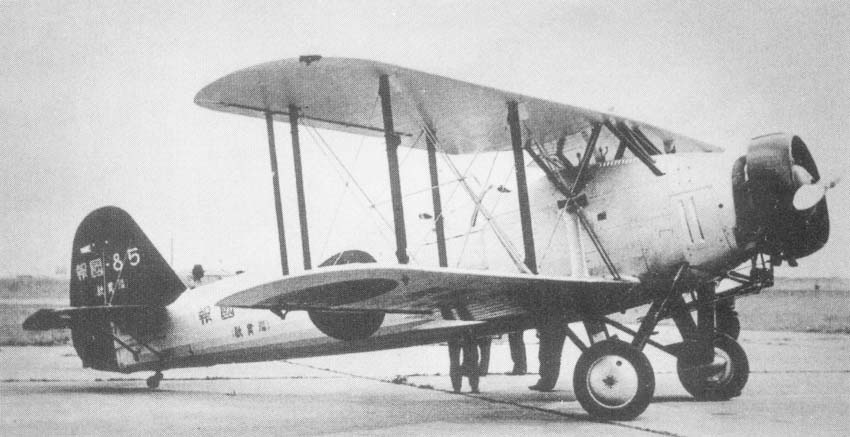
Aichi D1A1
Heinkel found interest in this request as forbidden to develop military planes in Germany according to the treaty of Versailles, and sent specialists in Japan, with engineers, blueprints and even parts in order to create the prototype Aichi wanted to present. This version designed by Heinkel was the He 50 developed from 1931 so in secret, and which in Germany was used as a patrol floatplane instead of a landing gear model. The model was only built and introduced into service as a dive bomber after Hitler arrived in power, also exported to China and used by Spain during the civil war.
The specific Japanese prototype was the He 50b, third prototype also designated HE 66 for export to Japan, with three more completed for German evaluation. All were powered by the same 373 kW (600 hp) Bramo 322B radial. These led to the He 50A, main production version later replaced by the Stuka. Pragrmatic, Aichi immediately started copying in detail the He 66 which was finalized rapidly as the prototype.
It won the IJN competition and the latter ordered the finalisation of design, produced as the D1A1 under navy aviation ordnance designation (Last letter for Aichi, D for “dive bomber”, first model). Production was geared up, still with German assistance the same year and deliveries started in 1935, after which the model started to replace older bombers in service on all service aircraft cariers of the time: Kaga, Akagi, Ryujo, and the completing Soryu. In all, Aichi would deliver 162 D1A and 428 of the improved D1A2 until 1938, when replaced by the new D3A monoplane.
Design
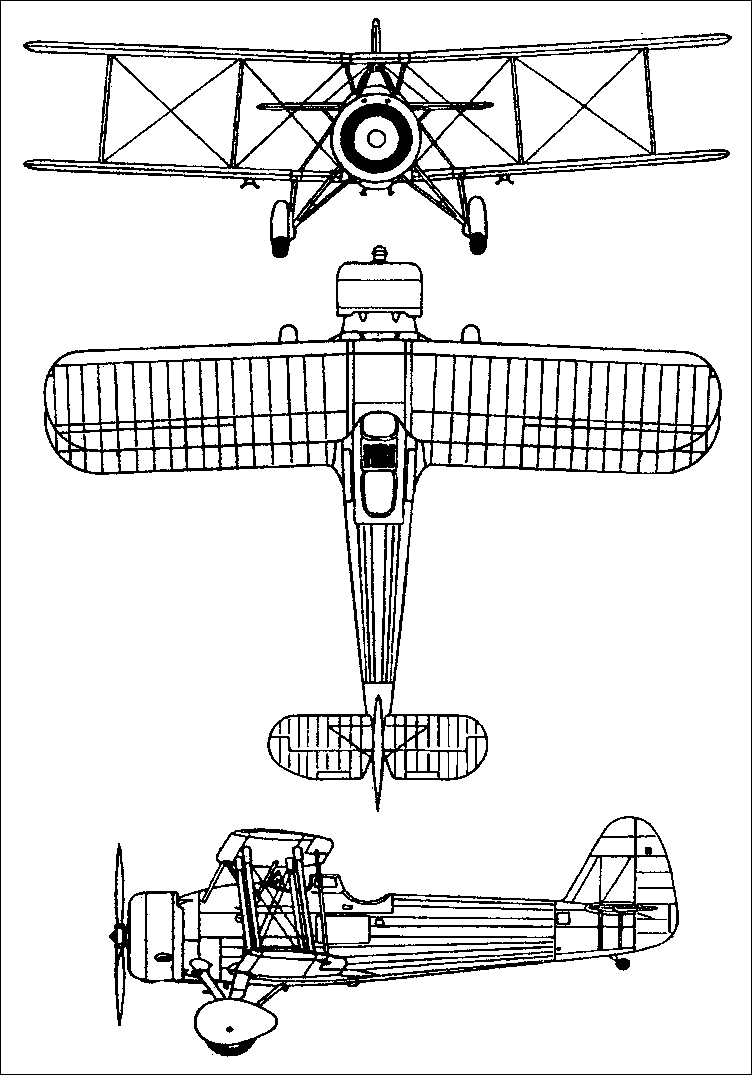
The design of the D1A was based on the Heinkel He 66, a two-bay biplane constructed of metal with fabric covering. The braced tail unit was conventional, and landing gear of fixed tailskid type. It had a purposedly reinforced fixed landing gear, and conventional type tail landing skid. It was not at first equipped for carrier operations. The D1A was given initially a Siemens SAM-22B (Jupiter VI) radial engine and was somewhat underpowered. The production version D1A1 was given the 418kW Nakajima Kotobuki 2 Kai 1 radial engine. The D1A2 was given an even more powerful Mitsubishi engine. The Navy Type 94 Carrier Bomber Aichi D1A1 production version had its radial engine enclosed by a Townend ring, the introduction of slightly swept wings, replacement of the tailskid by a non-castoring tailwheel. Also in the 162 delivered, the last 44 were given the 433kW Kotobuki 3 engine.
The construction was a radical departure over previous Aichi models, all-metal framing with reinforced fabric covering which ensured greater strenght. The end result was a sturdy airplane, able to rought landing on a carrier (to some extent), and dive bombing, subjecting the structure to extreme stress. With a relatively bulky radial engine it was not going to achieve speed records but had a good endurance and agility. The great letdown was its lack of usability on carriers with non-folding wings and still a wheeltrain relatively weak as well as no tailhook on initial models.
Specifics of the D1A2 (*D2A) (1936):
Basically the same model, the Navy Type 96 Carrier Bomber) appeared in 1936-37. It was 30′ 10″ (9.4 m) long, 11′ 2.7″ (3.45 m) high, with a wingspan of 37′ 3.6″ (11.37 m) and a Wing area of 366.51 sq. ft (34.05 sq. m) which were unchanged, but its empty weight of 3086 lbs (1400 kg) and loaded weight of 5291 lbs (2400 kg). Its main external difference were spatted wheels, NACA engine cowling, and improved windscreen. It was also faster and more powerful with a higher powered Nakajima Hikari 1 engine. The machine guns were replaced by two Type 99.
Armament:
Armament was limited to two fixed machine guns in the nose, of the standard Japanese 7.7 mm (.303 in) Type 92 machine guns with an interruptor gear mechanism. There was a thord one on a flexible mount aft, for defence. The payload carried was important in 1934, with a single 250 kg (551 lb) bomb under fuselage, and main purpose of the plane, and two 30 kg (66 lb) bombs under wings.
Engine:
The D1A was given the 365 kW (490 hp)copy by Aichi of the 373 kW (600 hp) Bramo 322B radial. The D2A, main production version was given the 433 kW (580 hp) Nakajima Hikari 1, a 9-cylinder air-cooled radial piston unit capable of delivering 540 kW (730 hp) for take-off. Its nomal output was 500 kW (670 hp) at 3,500 m (11,500 ft). It was mated to a 2-bladed metal propeller. It had a wing area of 34.7 m2 (374 sq ft) and a maximum takeoff weight of 2,610 kg (5,754 lb).
Performance wise, it was capable of 309 km/h (192 mph, 167 kn) at 3,200 m (10,500 ft) and a range of 926 km (575 mi, 500 nmi). Its cruise speed was 222 km/h (138 mph, 120 kn) at 1,000 m (3,300 ft) and it service ceiling of 6,980 m (22,900 ft) with a time to altitude of 3,000 m (9,800 ft) in 7 minutes 51 seconds.
Detailed specs
|
|
| Crew: | One pilot |
| Fuselage Lenght | 9.3 m (30 ft 6 in) |
| Wingspan | 11.4 m (37 ft 5 in) |
| Height | 3.41 m (11 ft 2 in) |
| Empty weight: | 1,516 kg (3,342 lb) |
| Gross weight: | 2,500 kg (5,512 lb) |
| Powerplant: | Mitsubishi Hikari 1 Engine, 433 kW (380 hp) |
| Propellers: | 2-bladed fixed-pitch metal propeller |
| Maximum speed: | 309 km/h (192 mph, 167 kn) |
| Endurance: | 926 km (575 mi, 500 nmi) |
| Service ceiling: | 7,000 m (23,000 ft) |
| Time to altitude: | 3,000 m (9,843 ft) in 10 minutes |
| Power/mass: | 0.18 kW/kg (0.11 hp/lb) |
| Armament | 3 × 7.7 mm MGs, 250 kgs bombs |
Variants
BA-9: Initial prototype derived from the He 66.
D1A1: Initial production version with unfaired carriage and 365 kW engine.
D1A2: Final production version with faired carriage, 433 kW engine.
D2A: Same model, alternative designation.
AB-11: Proposed retractable undercarriage version, paper project.
The D1A/D2A in service
In the IJN
Without a proper structural integrity for a tail hook to perform hard carrier landings, the D2A was only tested on carriers before being versed in Imperial Japanese Army airfields. It was assigned at first to the Carriers IJN Akagi, Kaga and Ryujo only, in detail, the 12th, 13th, 14th and 15th Kokutais. It is reportdly also in service on Hiryu and Soryu until replacement by the D3A, likely in 1940. But it was not practical and gradually retired from the Kido Butai and sent to China.
In China
It was tasked in China (caouflaged or painted khaki) to destroy numerous ground targets in Manchuria and seemed successful in this task. Their limited defensive capability imposed the use of fighters to repel Chinese attackers. After campaiging in the rest of China, the D2A was gradually retired and it ceased all activity in 1940 in first line, although the model was allegedly completely retired only in 1942. D1A1s however remained in use with training units in December 1941. About 70 D1A2s also were kept in second-line units in China, so allied intel had to find for them a classification codename which was ‘Susie’. She was rarely encountered during the war, but perhaps by the “flying tigers” in 1941. In 1942, only those in service with Mandchukuo were still active.
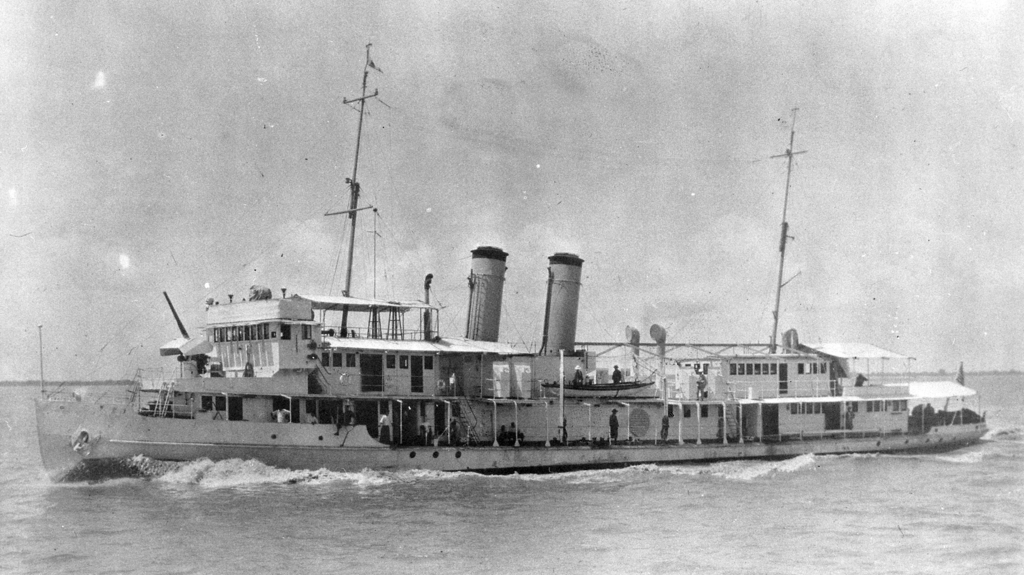
In 1937 D1As from Ryujo’s were implicated with the USS Panay incident, which happened during the Japanese all-out attack on Shanghai and the Yangtse.
In service with Mandchukuo
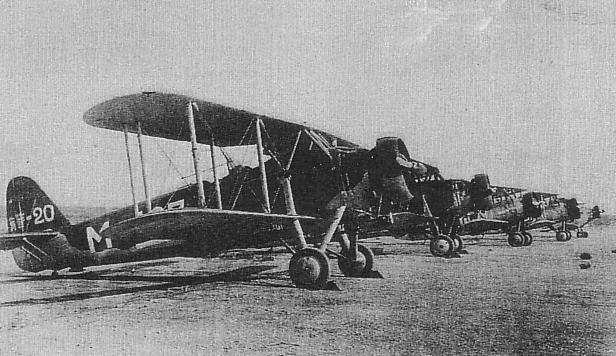
Already seen in the dedicated sub about Mandchukuo in WW2, the puppet country reprsented by Pu Yi, last Emperor of China but under Japanese supervision had a limited force (Manchukuo Imperial Navy Air Force) notably composed of two squadrons of Aichi D1A biplanes.
References
IJN Aviation
Naval aviation
Wiki page
On wings palette
On daveswarbirds.com
pacificeagles.net
combinedfleet.com
aviastar.org
lasegundaguerra.com
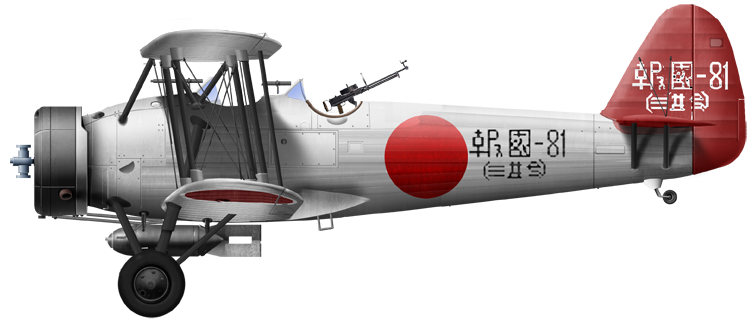
Aichi D1A1 based on land, Kyushu 1935 – built by public subscription.
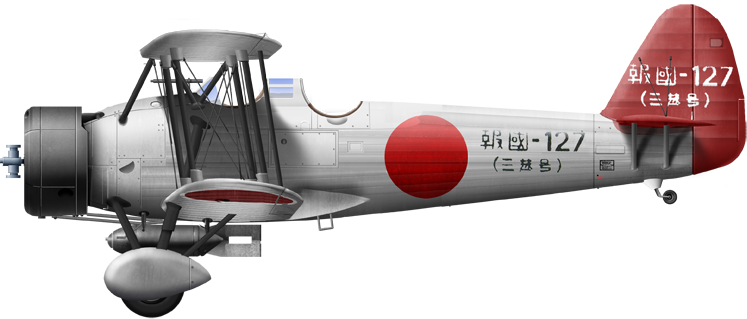
D1A2 in China 1937
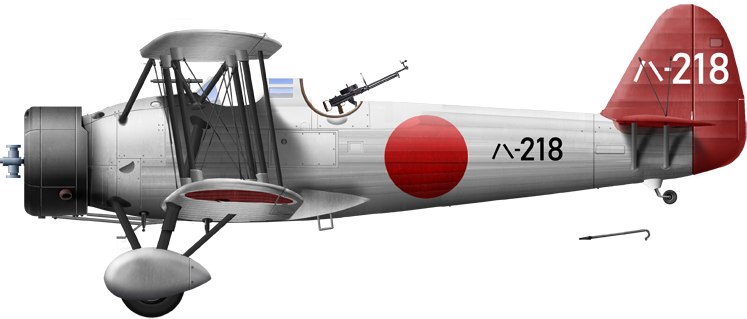
A2 on IJN Kaga, 1937
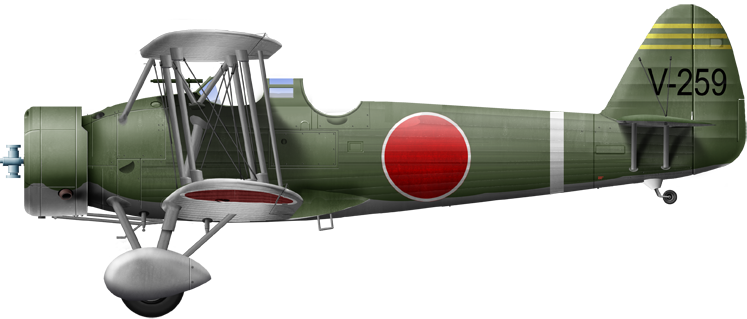
A2 based in China, Autumn 1937
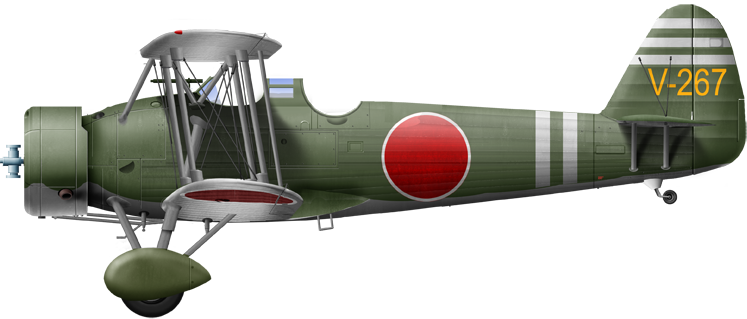
D1A2 based in Nagasaki, early 1941.
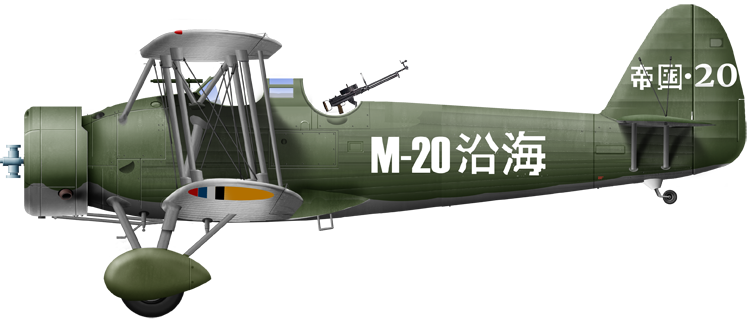
Aichi D1A2 Mandchukuo Coast Guard, 1943
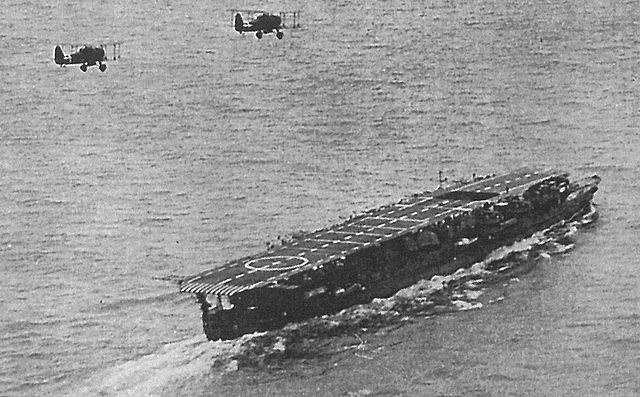
Ryujo’s D1A2 in flight off China, 1935
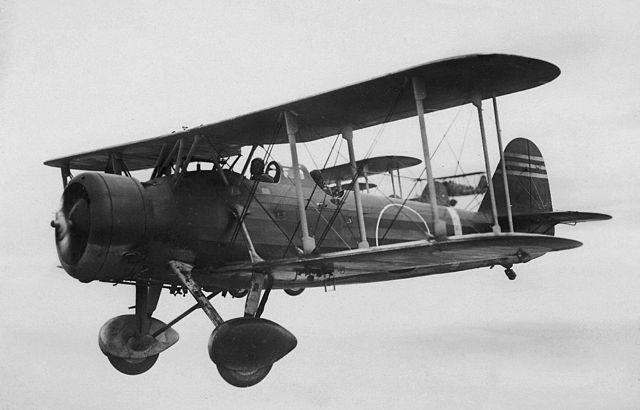
D1A2 in formation flight over China 1936, camouflaged in khaki
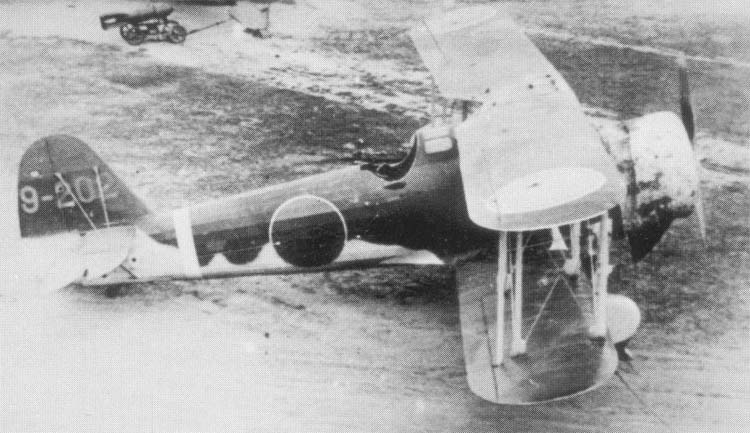

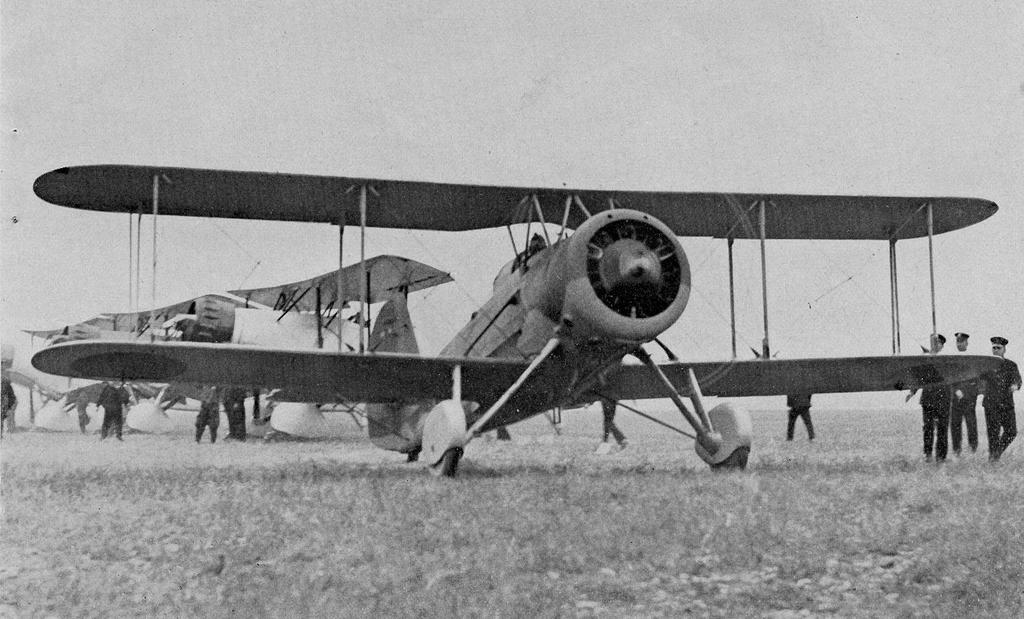
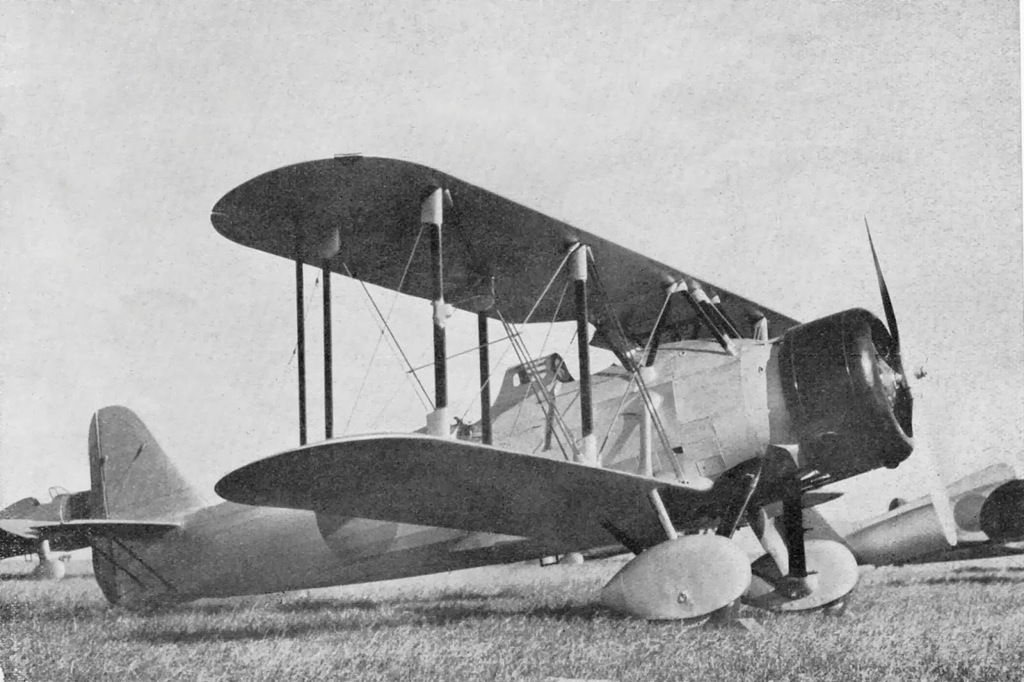
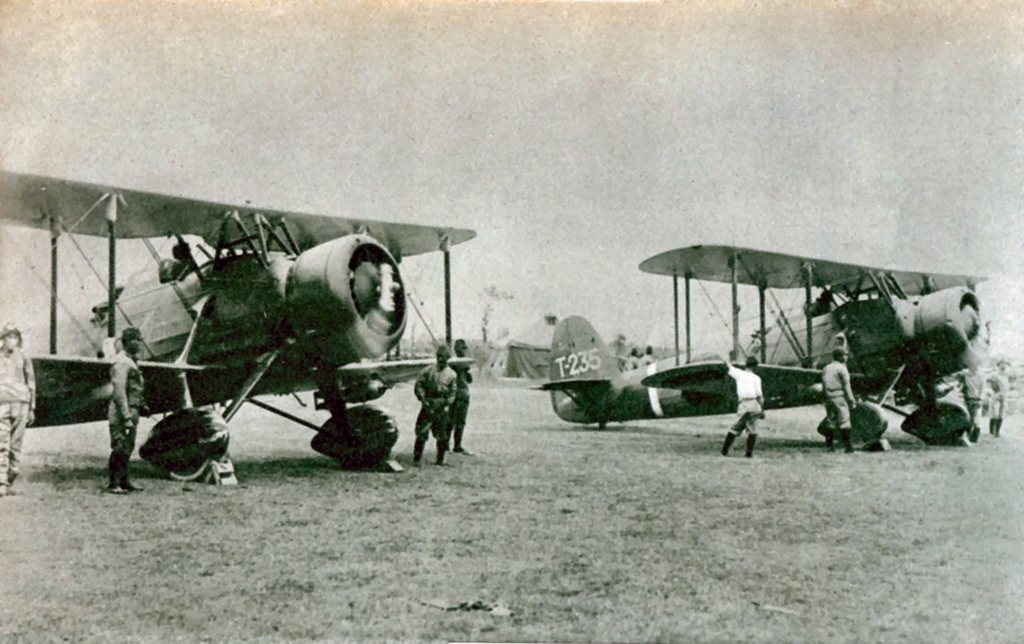
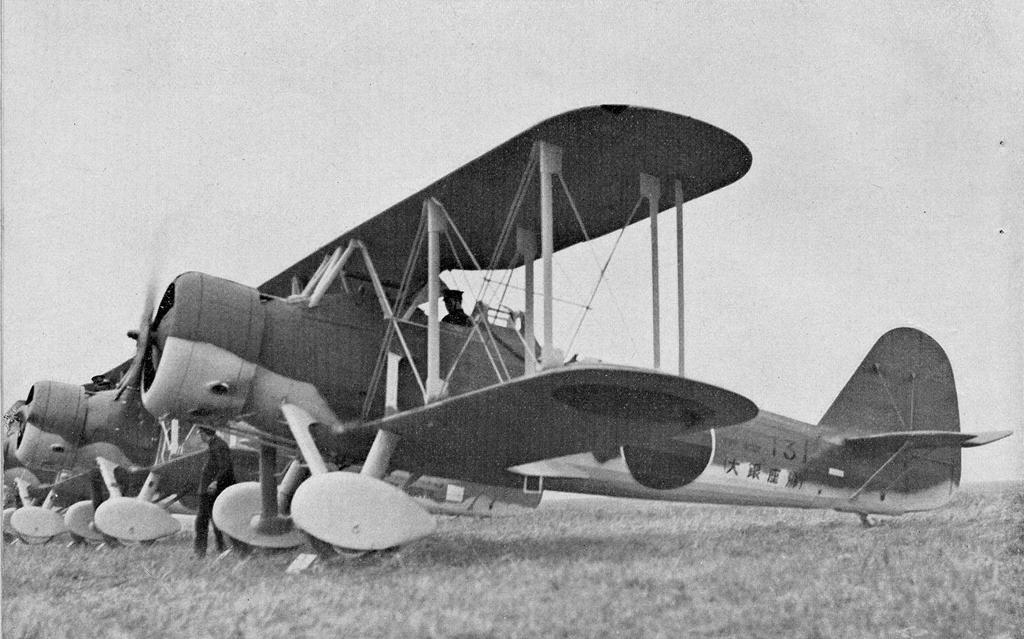
Various photos of the D1A2 in China 1937-40

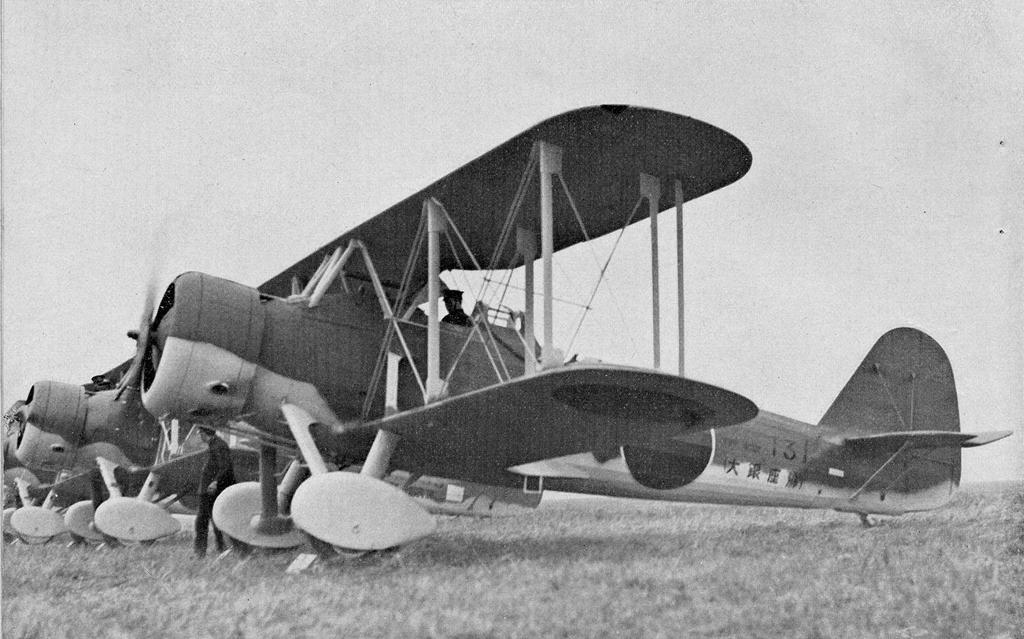
 D1A2 1936
D1A2 1936 Latest Facebook Entry -
Latest Facebook Entry -  X(Tweeter) Naval Encyclopedia's deck archive
X(Tweeter) Naval Encyclopedia's deck archive Instagram (@navalencyc)
Instagram (@navalencyc)





 French Navy
French Navy Royal Navy
Royal Navy Russian Navy
Russian Navy Armada Espanola
Armada Espanola Austrian Navy
Austrian Navy K.u.K. Kriegsmarine
K.u.K. Kriegsmarine Dansk Marine
Dansk Marine Nautiko Hellenon
Nautiko Hellenon Koninklije Marine 1870
Koninklije Marine 1870 Marinha do Brasil
Marinha do Brasil Osmanlı Donanması
Osmanlı Donanması Marina Do Peru
Marina Do Peru Marinha do Portugal
Marinha do Portugal Regia Marina 1870
Regia Marina 1870 Nihhon Kaigun 1870
Nihhon Kaigun 1870 Preußische Marine 1870
Preußische Marine 1870 Russkiy Flot 1870
Russkiy Flot 1870 Svenska marinen
Svenska marinen Søværnet
Søværnet Union Navy
Union Navy Confederate Navy
Confederate Navy Armada de Argentina
Armada de Argentina Imperial Chinese Navy
Imperial Chinese Navy Marinha do Portugal
Marinha do Portugal Mexico
Mexico Kaiserliche Marine
Kaiserliche Marine 1898 US Navy
1898 US Navy Sovietskiy Flot
Sovietskiy Flot Royal Canadian Navy
Royal Canadian Navy Royal Australian Navy
Royal Australian Navy RNZN Fleet
RNZN Fleet Chinese Navy 1937
Chinese Navy 1937 Kriegsmarine
Kriegsmarine Chilean Navy
Chilean Navy Danish Navy
Danish Navy Finnish Navy
Finnish Navy Hellenic Navy
Hellenic Navy Polish Navy
Polish Navy Romanian Navy
Romanian Navy Turkish Navy
Turkish Navy Royal Yugoslav Navy
Royal Yugoslav Navy Royal Thai Navy
Royal Thai Navy Minor Navies
Minor Navies Albania
Albania Austria
Austria Belgium
Belgium Columbia
Columbia Costa Rica
Costa Rica Cuba
Cuba Czechoslovakia
Czechoslovakia Dominican Republic
Dominican Republic Haiti
Haiti Hungary
Hungary Honduras
Honduras Estonia
Estonia Iceland
Iceland Eire
Eire Equador
Equador Iran
Iran Iraq
Iraq Latvia
Latvia Liberia
Liberia Lithuania
Lithuania Mandchukuo
Mandchukuo Morocco
Morocco Nicaragua
Nicaragua Persia
Persia San Salvador
San Salvador Sarawak
Sarawak Uruguay
Uruguay Venezuela
Venezuela Zanzibar
Zanzibar Warsaw Pact Navies
Warsaw Pact Navies Bulgaria
Bulgaria Hungary
Hungary

 Bundesmarine
Bundesmarine Dutch Navy
Dutch Navy Hellenic Navy
Hellenic Navy Marina Militare
Marina Militare Yugoslav Navy
Yugoslav Navy Chinese Navy
Chinese Navy Indian Navy
Indian Navy Indonesian Navy
Indonesian Navy JMSDF
JMSDF North Korean Navy
North Korean Navy Pakistani Navy
Pakistani Navy Philippines Navy
Philippines Navy ROKN
ROKN Rep. of Singapore Navy
Rep. of Singapore Navy Taiwanese Navy
Taiwanese Navy IDF Navy
IDF Navy Saudi Navy
Saudi Navy Royal New Zealand Navy
Royal New Zealand Navy Egyptian Navy
Egyptian Navy South African Navy
South African Navy






























 Ukrainian Navy
Ukrainian Navy dbodesign
dbodesign